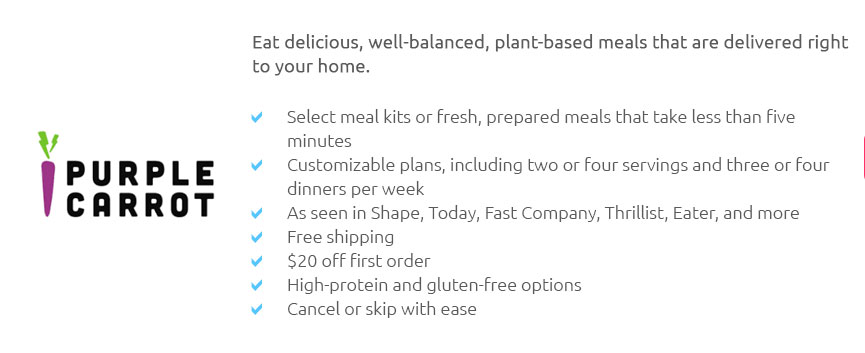 |
 |
 |
|---|
 |
|---|
 |
||||||
|---|---|---|---|---|---|---|
|
||||||
 |
 |
|||||
 |
 |
|||||
 |
 |
|||||
 |
 |
|||||
 |
 |
|||||
 |
 |
|||||
 |
 |
|||||
 |
 |
|---|
The Rise of Home Meals Delivered: A Culinary RevolutionIn recent years, the landscape of food consumption has been dramatically transformed by the burgeoning trend of home meals delivered. This revolution is not merely a fad but a reflection of changing lifestyles, technological advancements, and evolving consumer preferences. The convenience of having gourmet meals brought directly to one's doorstep has become an essential service for many, particularly in urban areas where time is of the essence. The allure of home meal delivery lies in its ability to offer a diverse array of cuisines, catering to the adventurous palate and the health-conscious alike. From artisan pizzas to plant-based delicacies, the options are virtually limitless. Companies in this sector have recognized the demand for customization, allowing customers to tailor their meals according to dietary requirements and personal tastes. This level of personalization is perhaps one of the most appealing aspects of the service. Moreover, the quality of food delivered has seen a remarkable improvement, thanks to advancements in packaging technology and supply chain logistics. Vacuum-sealed freshness and eco-friendly containers are now standard, ensuring that meals arrive not only intact but also maintaining their original flavors and textures. This attention to detail speaks volumes about the industry’s commitment to customer satisfaction. Yet, while the convenience and variety offered by home meal delivery services are undeniable, there are subtle opinions about their impact on traditional dining. For some, the ritual of cooking and dining at home is irreplaceable, an experience that fosters family bonds and culinary skills. Critics argue that the over-reliance on delivered meals could erode these traditions. However, others contend that these services provide a perfect balance, offering relief on busy days while still allowing for home-cooked meals when time permits.
In conclusion, the home meals delivered industry is not just about convenience; it is a reflection of contemporary society's values and priorities. As technology continues to evolve and consumer demands shift, it will be fascinating to observe how this sector adapts and grows. Whether viewed as a complement to or a substitute for traditional dining, there is no denying that home meal delivery has carved a niche for itself in the modern culinary world. https://www.homechef.com/?srsltid=AfmBOopKRaDYdbJkoKHbVbrraRT8RJo86QJhNM3k29CAqfomyDTB0NiL
Standard meals average at $9.99 per serving depending on the current available menu and options. However, your per serving cost will vary depending on the size ... https://sunbasket.com/?srsltid=AfmBOorKUaEo5U3E7-4La1U7TbU7uY2ra1YeUnxu6GXj5_pf-4mi_9AB
Sunbasket offers healthy meals delivered, from heat-and-eat meals to cooking kits, for all tastes and lifestyles. https://www.bonappetit.com/story/best-meal-delivery-services?srsltid=AfmBOoqK36ByZni0RvUg-KQEfaipk0dmVYVCc1mGtQsktJUYrOg0r4pd
Home Chef offers a wider variety of meal options than competitor kits and is particularly great at catering to dietary restrictionsoverall this ...
|
|---|


